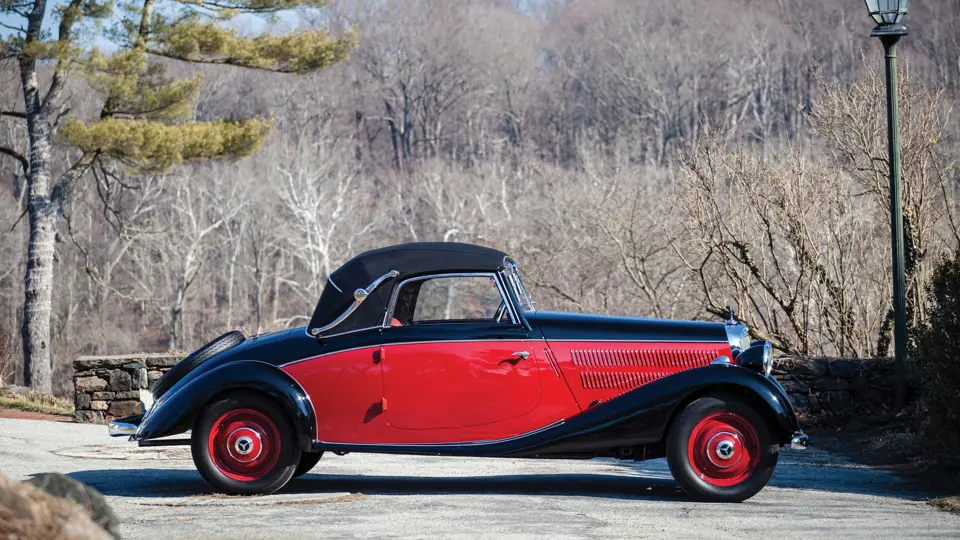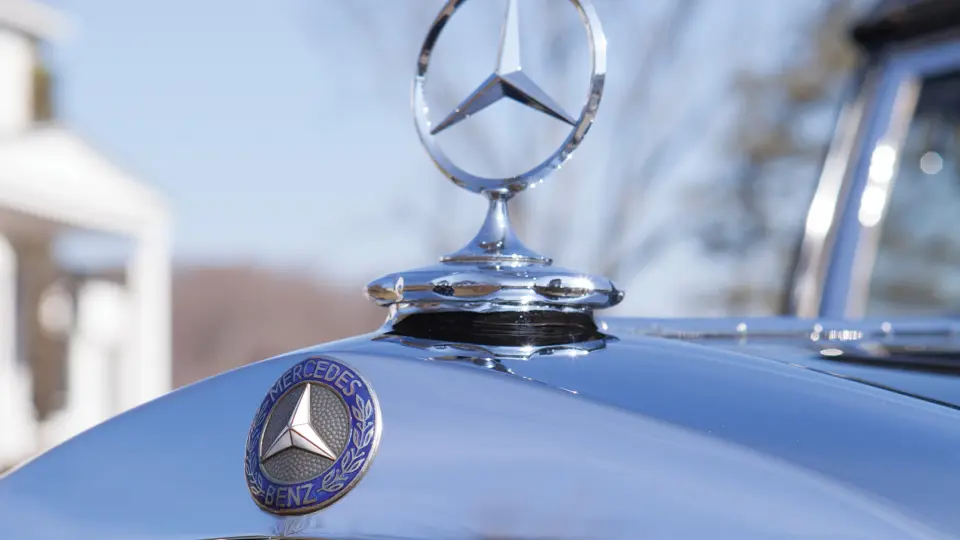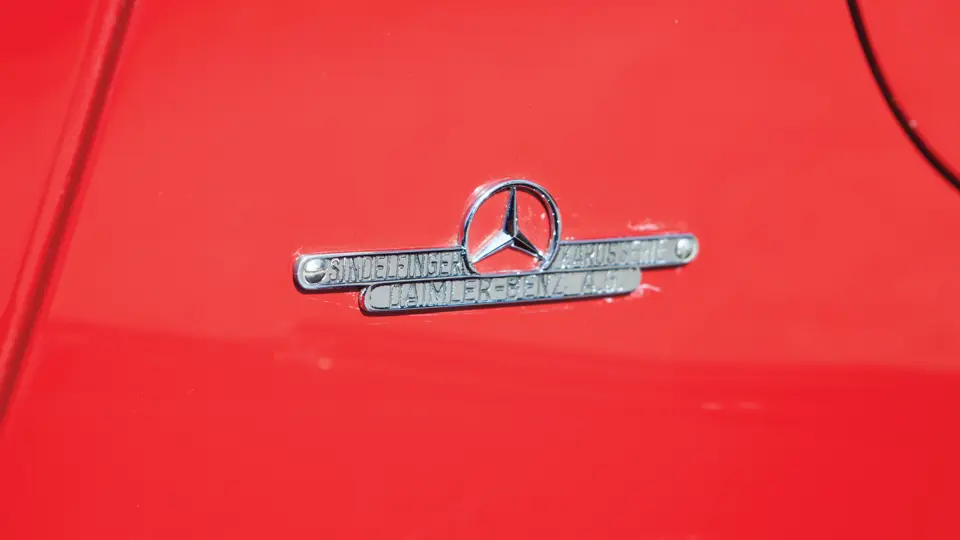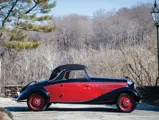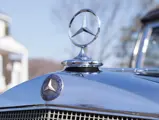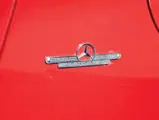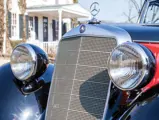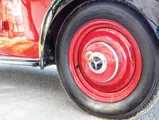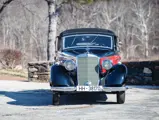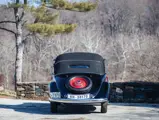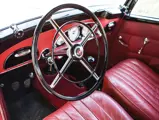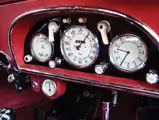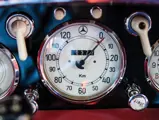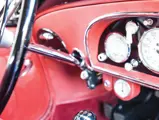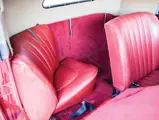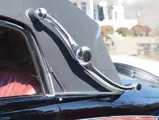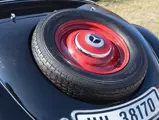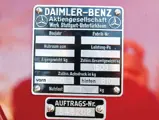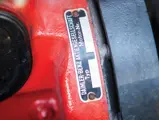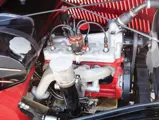38 hp, 1,697 cc side-valve inline four-cylinder engine, four-speed manual transmission, independent front suspension with upper and lower transverse leaf springs, independent rear suspension with coil springs, hydraulic shock absorbers and swing axles, and four-wheel hydraulic disc brakes. Wheelbase: 112 in.
Following the worldwide economic depression and the decline of the luxury car market, the 170 was conceived as a contender in the medium-sized and medium-priced market. The revolutionary models designed by Hans Nibel were first shown in 1931 at the Paris Auto Salon. Nibel, a chassis engineer, employed an all-independent lightweight chassis, making the new 170 series notable for its ride and handling; something unusual in a small car to-date. The 170 put Mercedes-Benz cars within reach of a much wider market, as nearly 70,000 were produced by 1941.
The car was offered in a variety of styles: two- or four-door sedan; two- or four-seat cabriolet; roadster and cabrio-sedan; open tourer; delivery van (of either pickup or box type); and ambulance or patrol car. Such a great variety of types were offered because of its mixed construction technique of sheet steel over a wooden framework. Ultimately, this led to the development of the 170 V Cabriolet A. Herman Ahrens arrived at Mercedes-Benz in 1932 to set up a custom coachbuilding department at Sindelfingen. He had established a reputation at the Deutsche Industrie Werke in Berlin, and at Horch, where he designed some of their most prestigious models. A year later he was joined by his associate Walter Hacker, with whom he had worked previously. The duo literally transformed the Mercedes-Benz lineup and were responsible for the beautiful designs on the 540 K Special Roadsters of the era.
While the 540 K was a choice of wealthy buyers, a customer of more limited means could purchase the 170 V Cabriolet A. At $1,459 it was not inexpensive and as such, just 794 were produced starting in 1936. Not a modified mass-production car, each was hand-built at Sindelfingen, just like its more expensive stablemates. Ahrens’ influence can be seen in the design – a longer bonnet created by shifting the cowl and front seats forward, a more rakish windshield angle, and sweeping front fenders that gracefully flowed into the running boards.
This rare example is owned by renowned American artist Jamie Wyeth and has been in his collection since 2006. It had been exhaustively restored by Magno Restorations of Ward Hill, Massachusetts, beginning in 1990. A story detailing the restoration was featured in the May/June 1997 issue of MBCA’s The Star magazine.
Following the restoration, the car was shown at Meadow Brook, the Concours d’Elegance of the Eastern United States, and Greenwich (Best Pre-War Mercedes-Benz), along with Best in Class wins at the Castle Hill Concours d’Elegance, New Hampshire Vintage Fall Festival, Lime Rock Vintage Fall Festival, and Radnor Concours d’Elegance. In addition, it received a Judges Choice award at the MBCA Germanfest and a class award at the Hartford Concours d’Elegance. In 2001 it was displayed at the Lars Anderson Auto Museum’s Mercedes-Benz retrospective and more recently in print advertising and catalogues for Saks Fifth Avenue. It has participated in many rallies and tours and is described as a “delightful car to drive.”
We could not agree more.
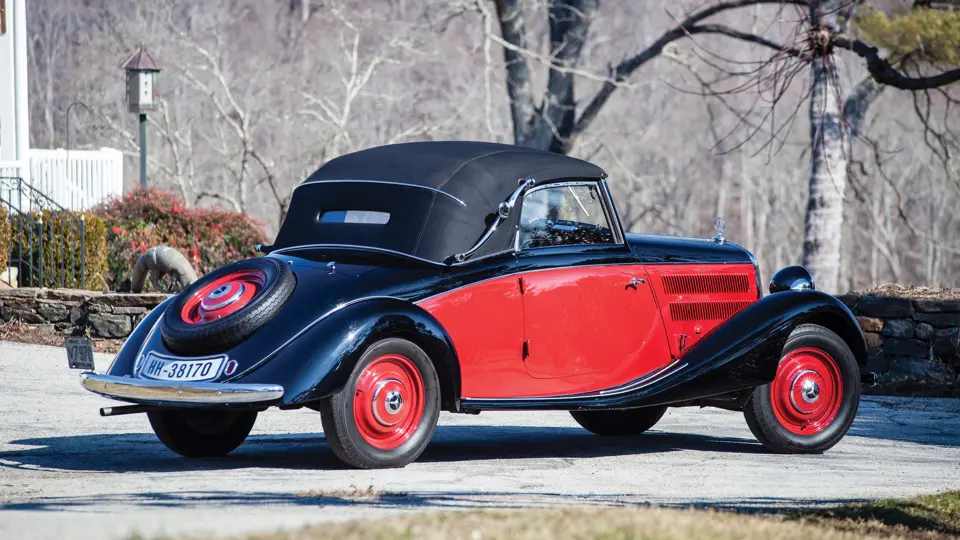




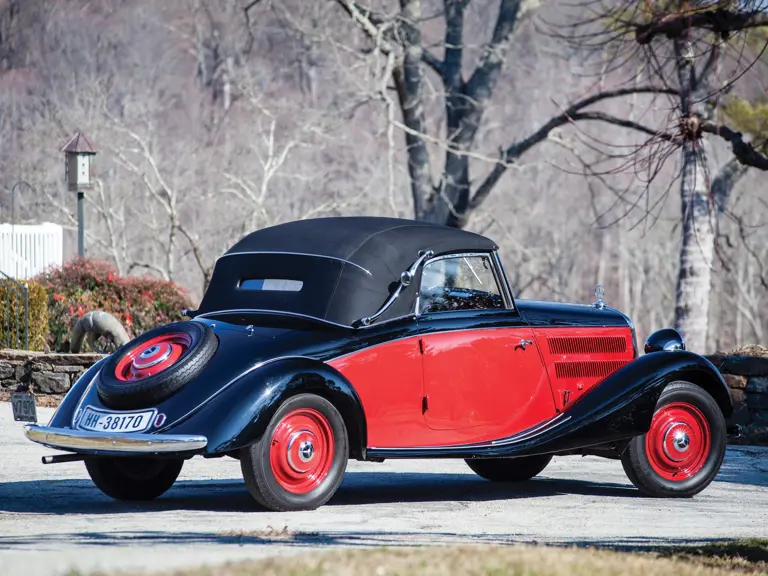

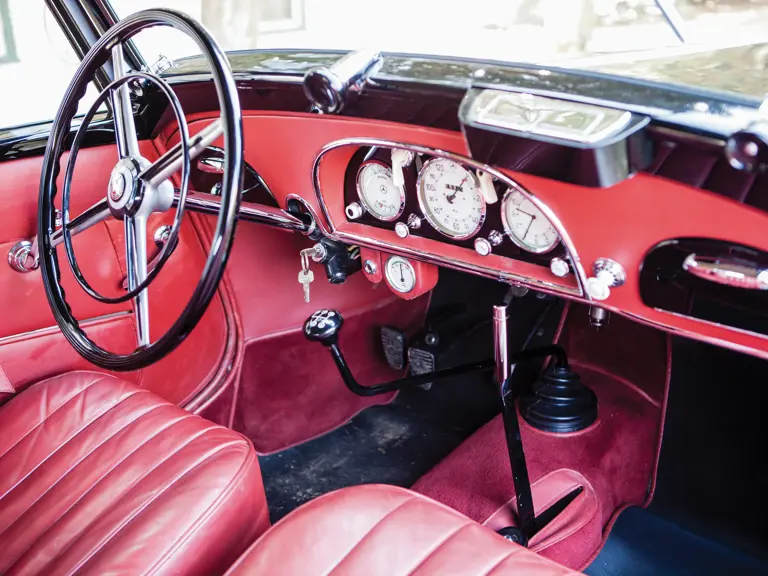
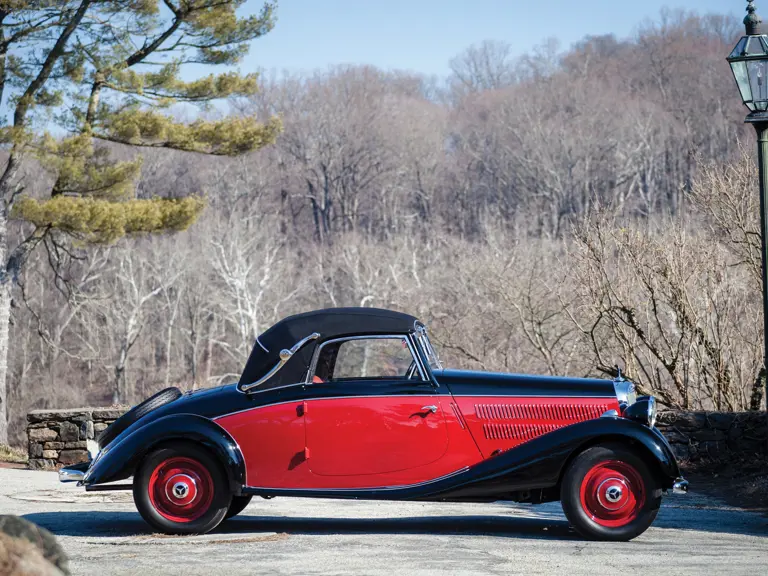

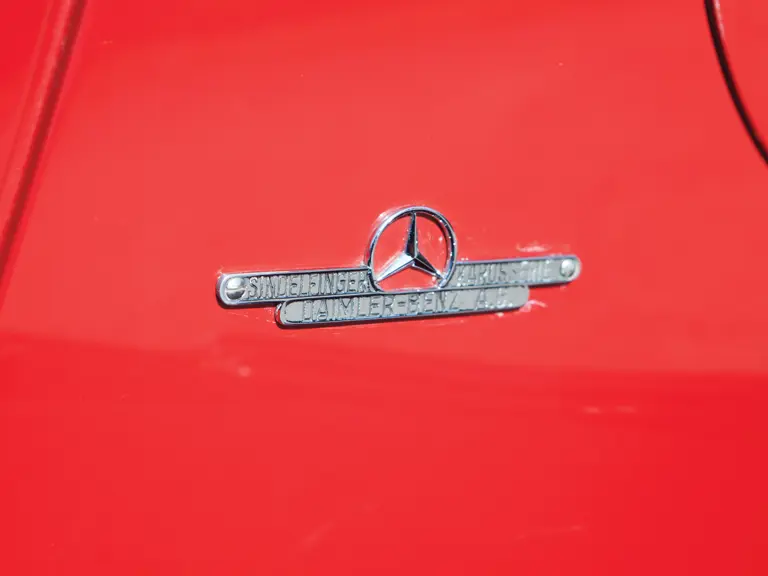
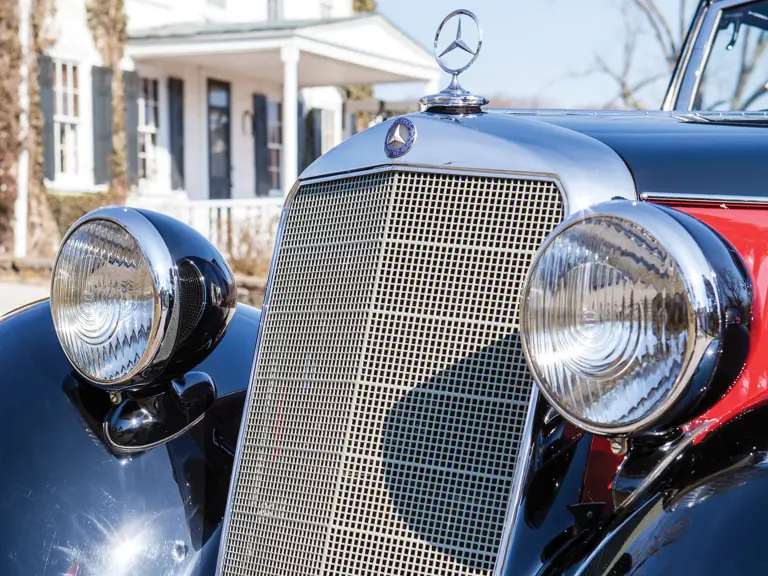
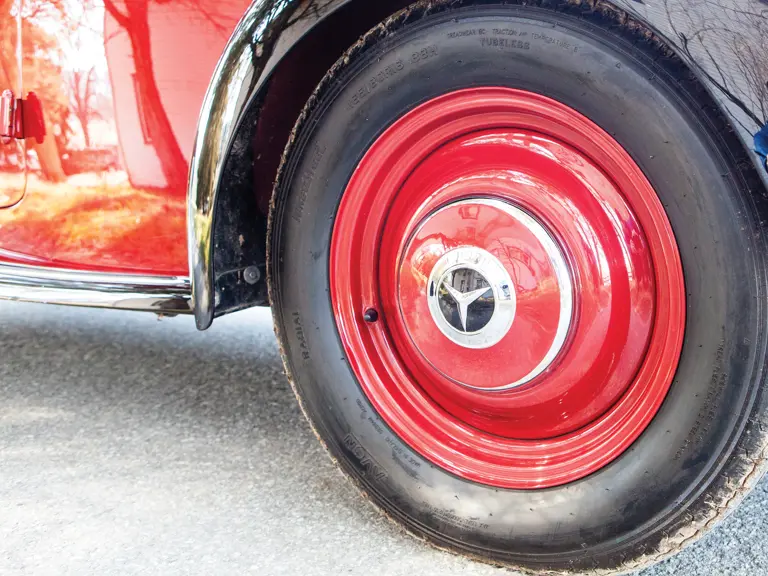
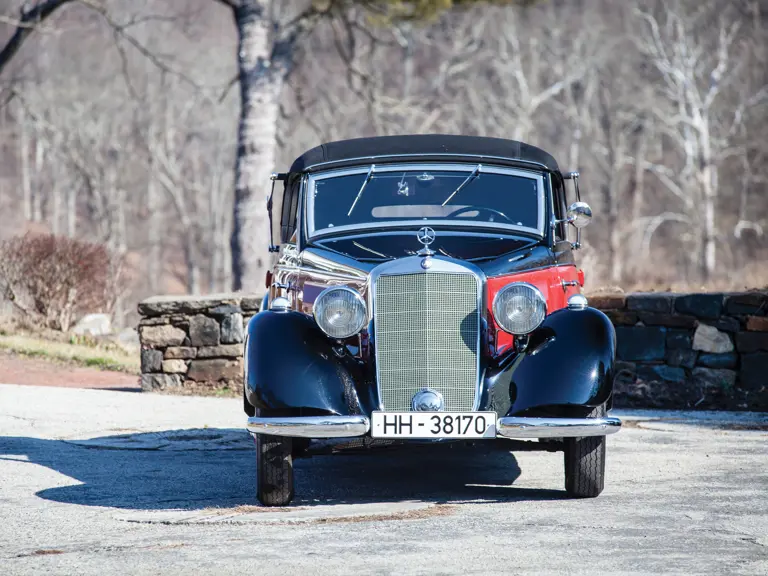
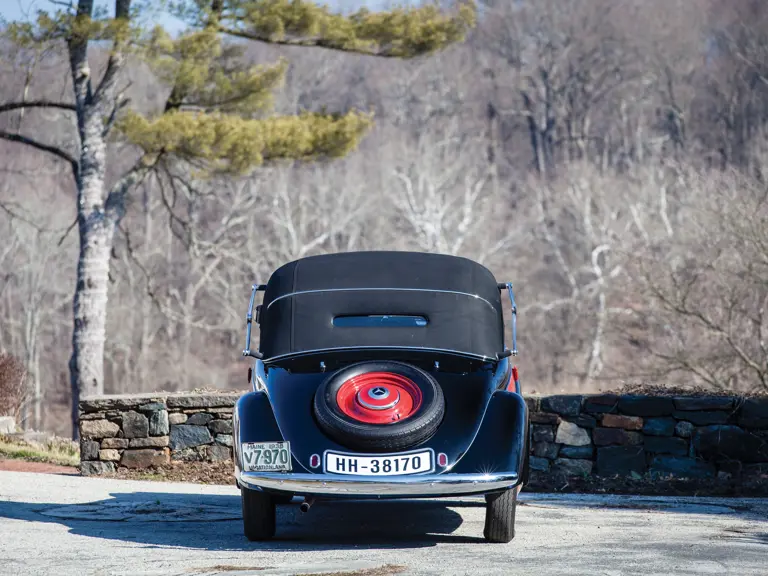
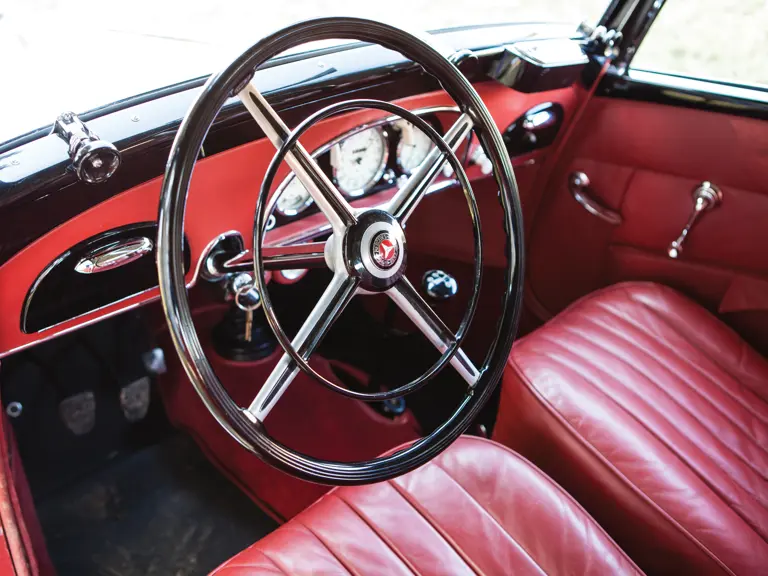
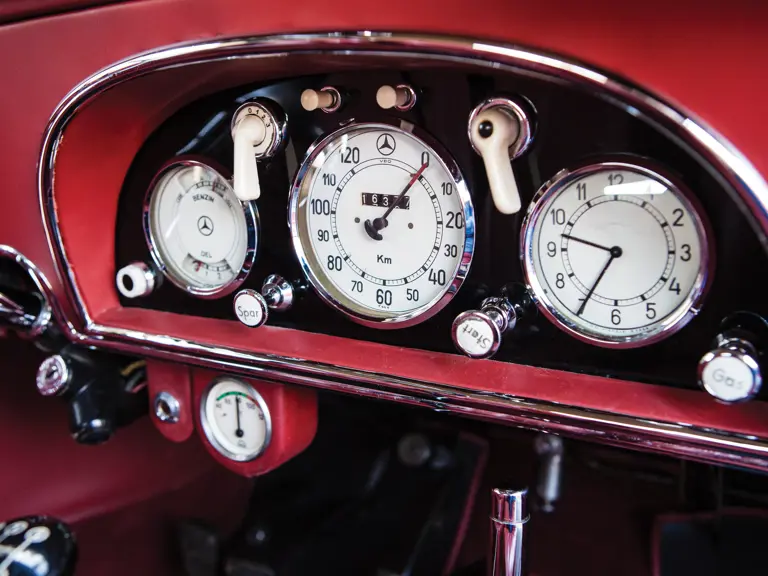

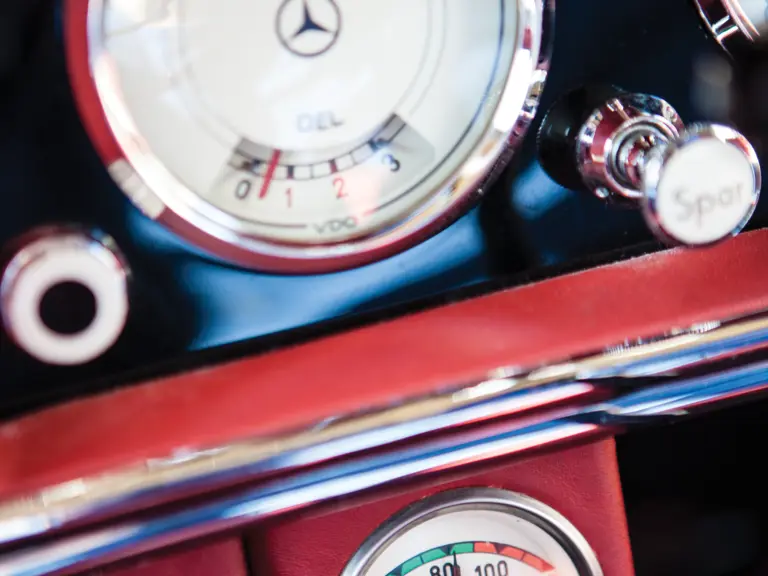
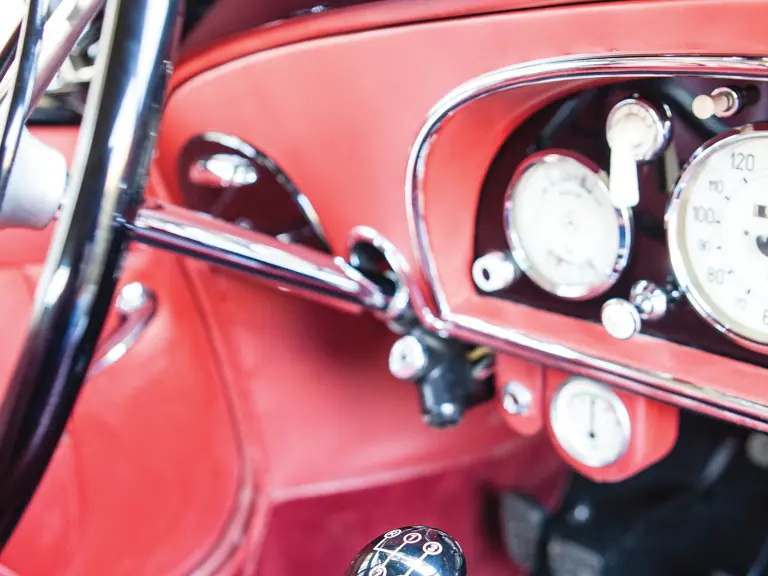
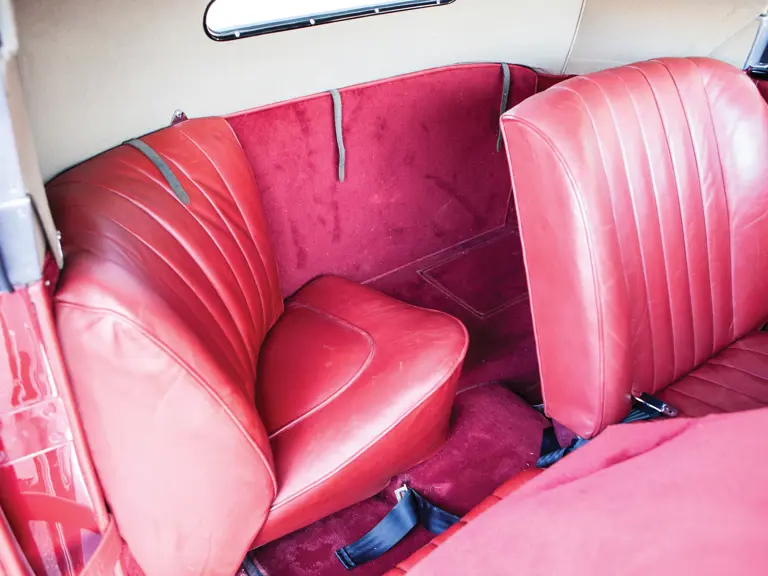
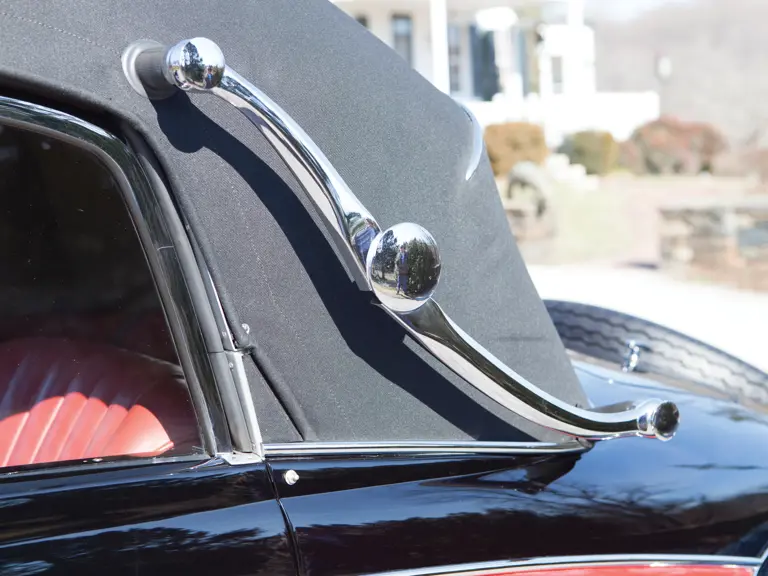

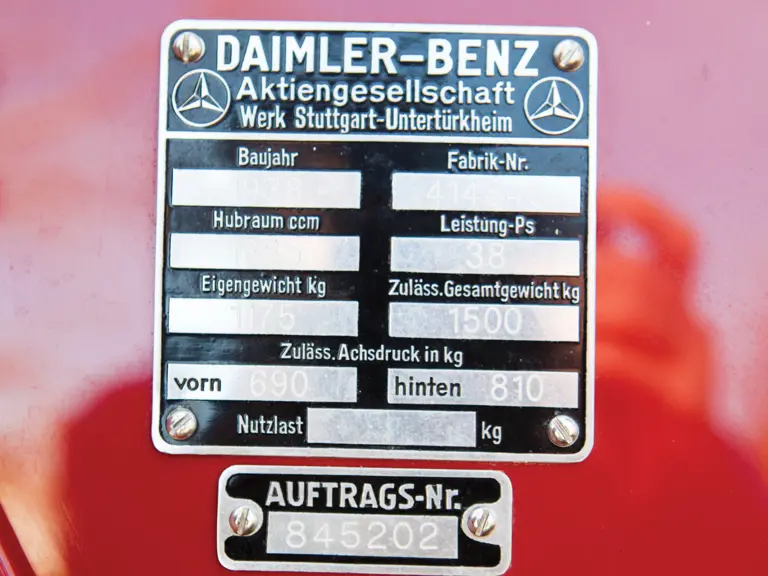

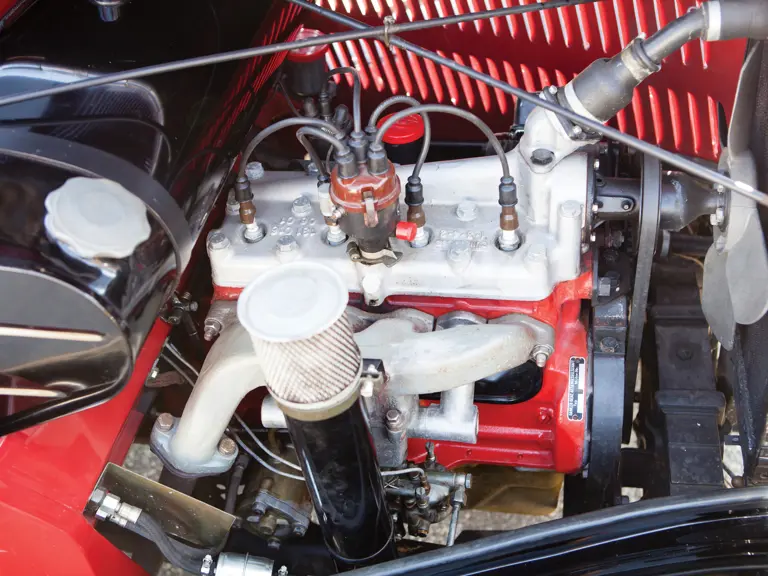
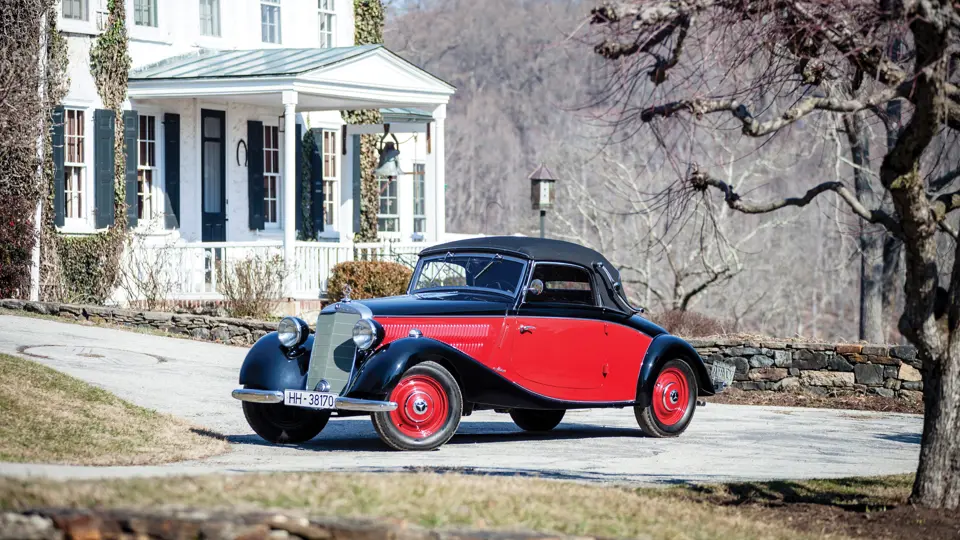
 | Amelia Island, Florida
| Amelia Island, Florida
